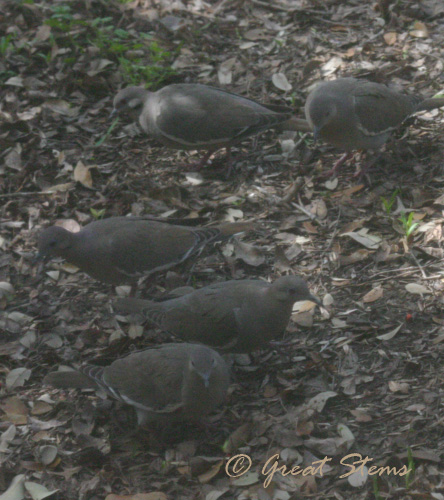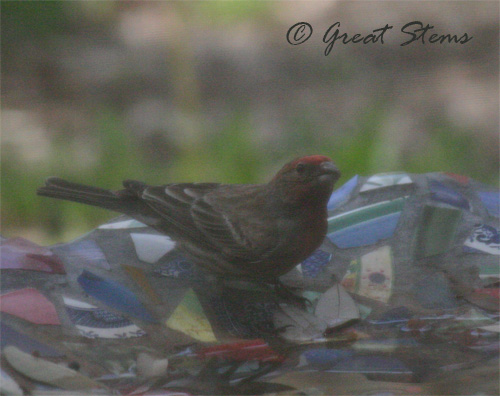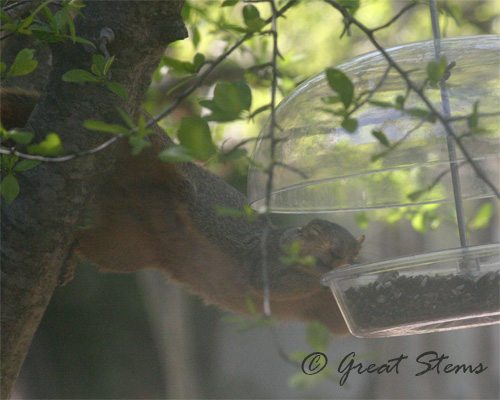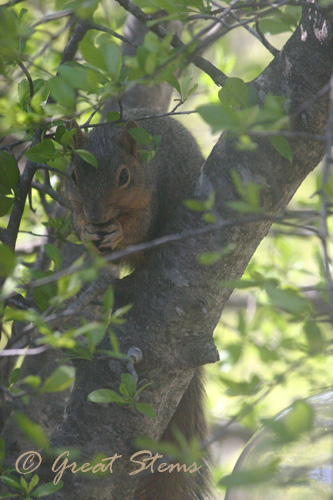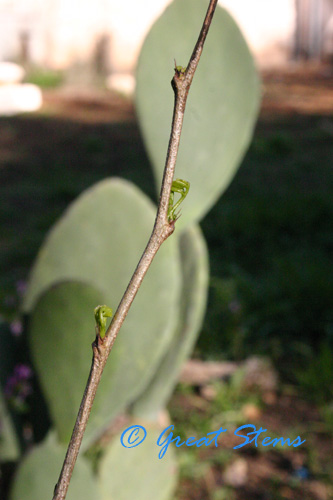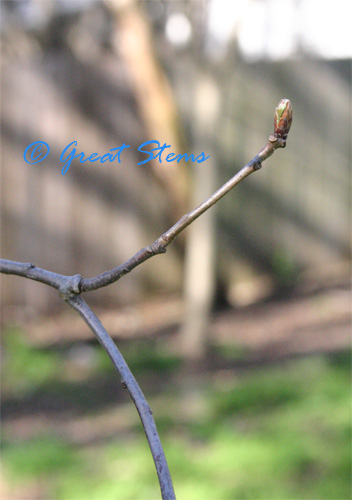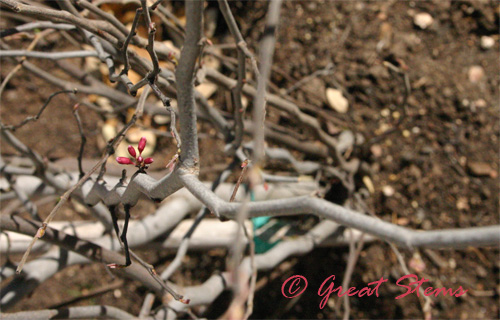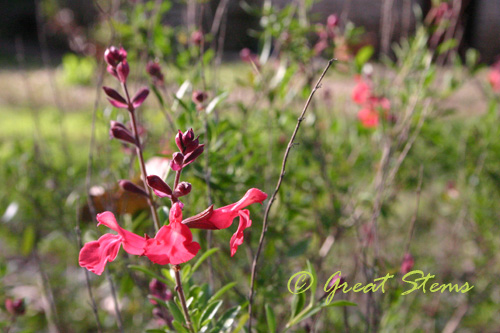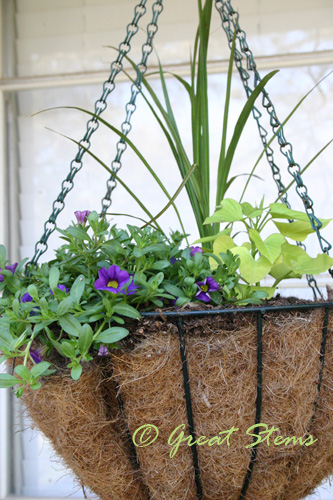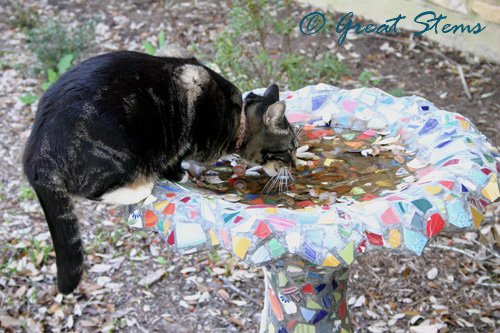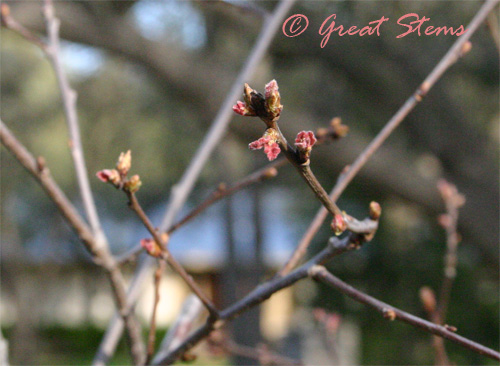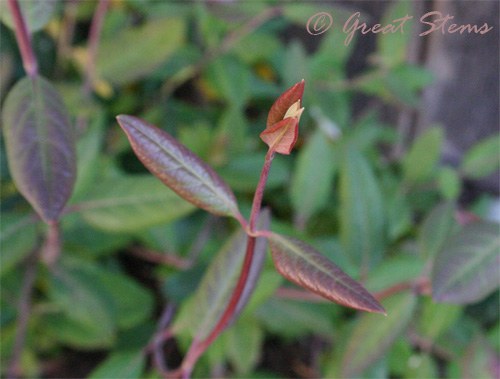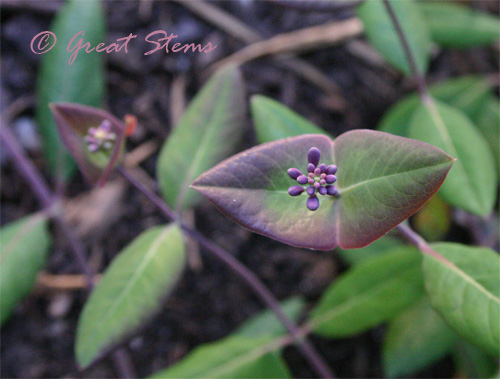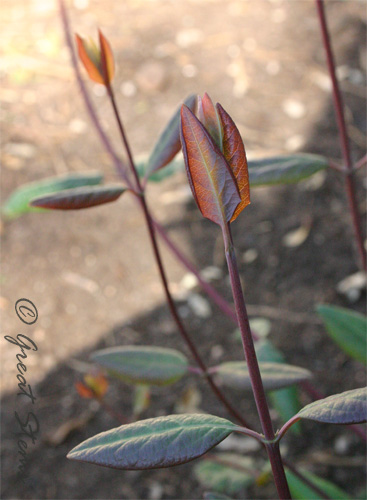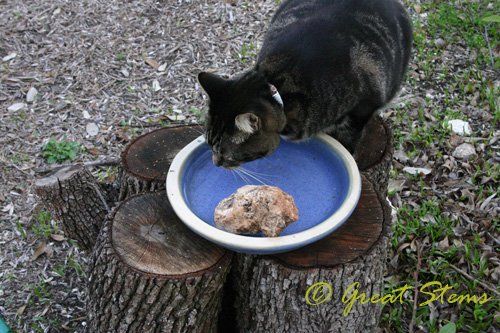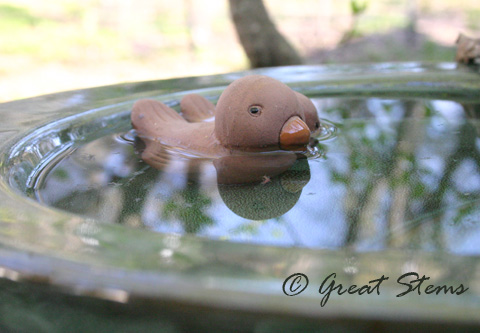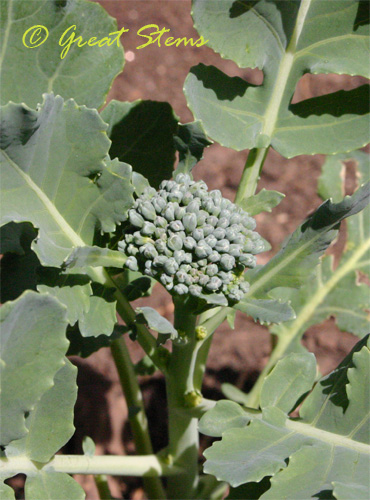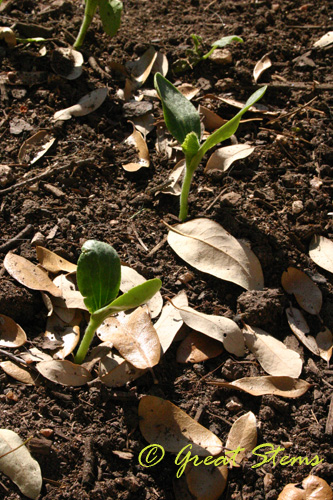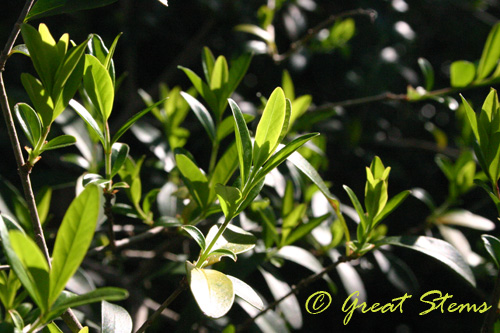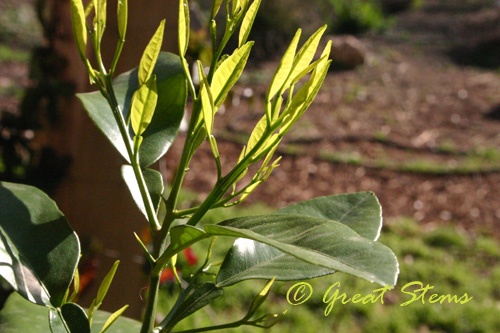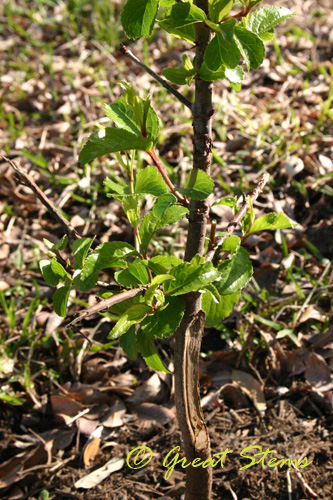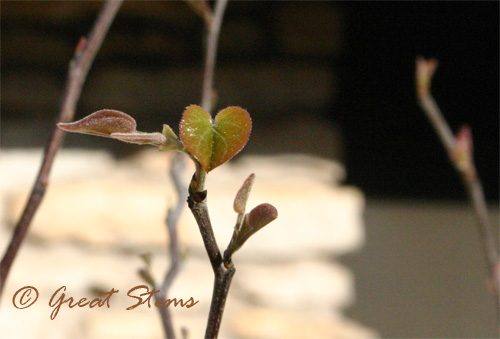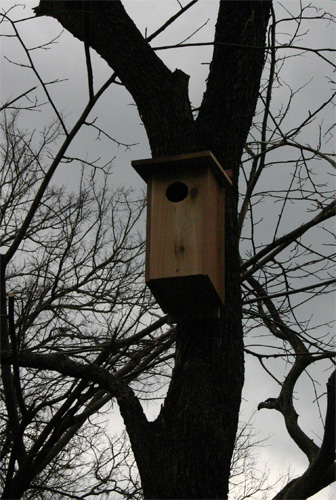We are home again from our vacation, and I’m still processing the photos of our trip and trying to get back into the normal swing of things. It took me a few days to want to venture into my garden — I admit to being afraid of what I might find. But this morning, a view of birds on my ever-amazing sunflower plants drew me into the backyard. And what I found there was that I had left behind a garden and come home to a jungle. In two weeks, my garden grew two feet or more in height, and the majority of plants seem to be taller than me. I guess I should assume that just maybe perhaps it rained a wee little bit in my absence?
As an example, take a look at the Exotic Love Vine that has become my own little Cousin Itt. There’s a lovely trellis hidden deep within that overgrown vine.
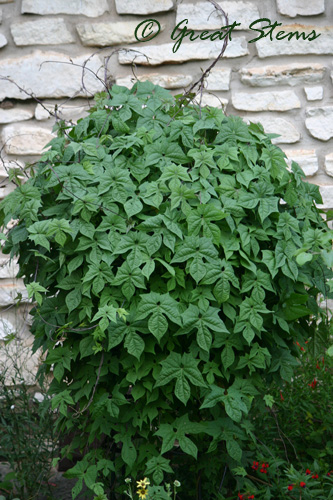 I’m going to have to give up on the tomatoes. They are just a big mess, and I don’t think I’m going to have the time to salvage what’s left, despite the fact that there’s still a lot of healthy greenery there. Best to just work on cleaning everything up. I was too wary to check out the other veggies — the tomatoes were bad enough.
I’m going to have to give up on the tomatoes. They are just a big mess, and I don’t think I’m going to have the time to salvage what’s left, despite the fact that there’s still a lot of healthy greenery there. Best to just work on cleaning everything up. I was too wary to check out the other veggies — the tomatoes were bad enough.
But the real story to share is that of the sunflowers, officially full circle. When I planted my Cinnamon Sun Sunflowers, I really had no clue what to expect. But they prospered from the get-go, those that germinated, and we had great fun watching them soar to gigantic proportions, and then the blooms just blew us away in sheer wow power. But that excitement was short-lived, because immediately Bordered Patch butterflies chose to lay hundreds of eggs on the plants, which meant that in short term hundreds of Bordered Patch caterpillars decimated my plants.
Just before I left on vacation, the caterpillars disappeared, and I could only assume that either they’d continue nature’s cycle as chrysalises or as food for other wildlife.
Now that I’ve returned, I am happy to report seeing Bordered Patch butterflies fluttering about — not tons, mind you, so it’s indeed probable that some of the caterpillars became bird munchies.
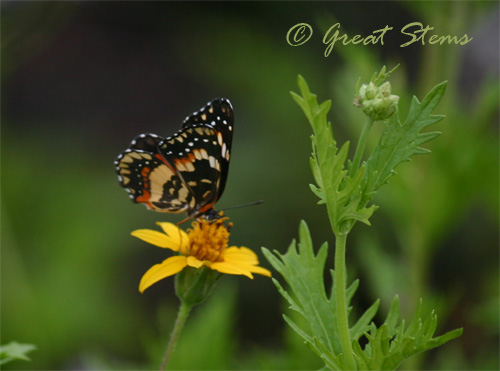 The fiery red blooms of the CinnSuns are gone, but the remaining seedheads are attracting hungry winged granivores, who perch on the stems and happily devour seeds one by one. Even my ever pesky doves with their big chubby bodies land on the sunflower stems (which go dwoooooooooop), trying hard to stay balanced while grabbing a seed or two. But the cheery go-get-em birds are the finches, completely at ease on the wobbly stems, thanks to their lighter weight.
The fiery red blooms of the CinnSuns are gone, but the remaining seedheads are attracting hungry winged granivores, who perch on the stems and happily devour seeds one by one. Even my ever pesky doves with their big chubby bodies land on the sunflower stems (which go dwoooooooooop), trying hard to stay balanced while grabbing a seed or two. But the cheery go-get-em birds are the finches, completely at ease on the wobbly stems, thanks to their lighter weight.
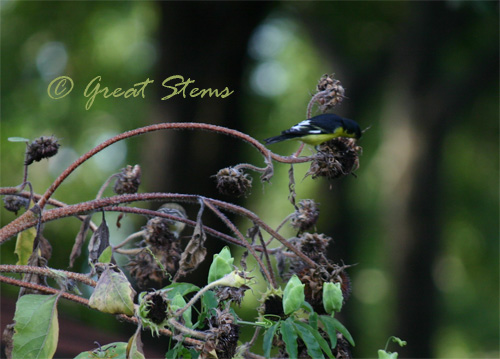
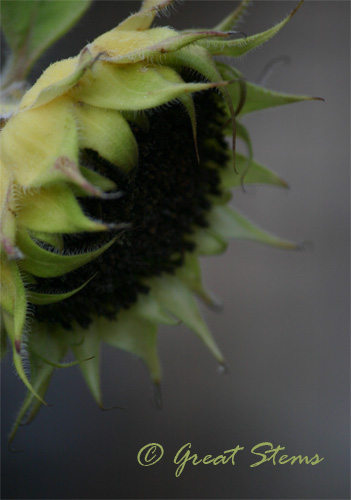
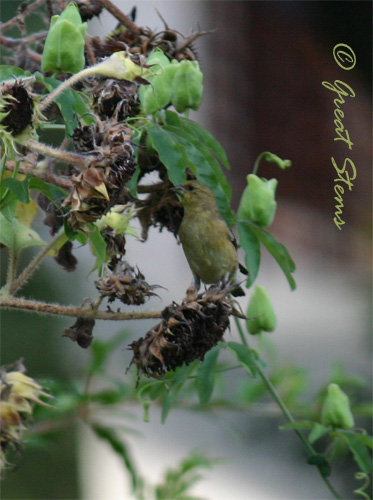 The spent plants have another use now, too. The passionflower vine has reached out to the tall stems to gain further support for its beautiful blooms and thus additional dining areas for future Fritillary caterpillars.
The spent plants have another use now, too. The passionflower vine has reached out to the tall stems to gain further support for its beautiful blooms and thus additional dining areas for future Fritillary caterpillars.
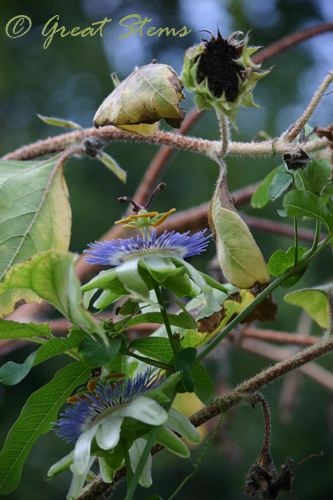 And just as I started to walk back inside, I saw that there’s a new batch of caterpillars on one of the remaining sunflower leaves. I’m not sure how well these guys are going to do — their parents, aunts, uncles, and “first cousins once removed” pretty much finished off the last leaves.
And just as I started to walk back inside, I saw that there’s a new batch of caterpillars on one of the remaining sunflower leaves. I’m not sure how well these guys are going to do — their parents, aunts, uncles, and “first cousins once removed” pretty much finished off the last leaves.
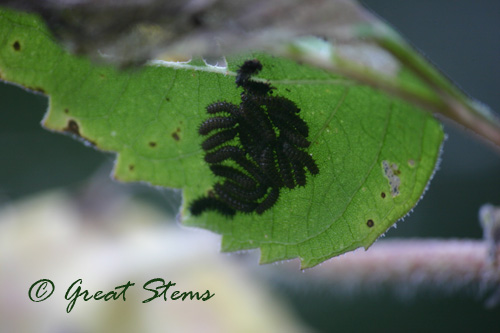 The sunflower experiment has been a complete success, and they’ll be on my list of must-have plantings every year. I’m going for numbers next time!
The sunflower experiment has been a complete success, and they’ll be on my list of must-have plantings every year. I’m going for numbers next time!
As to the jungle, I’ve got major weeding in my future, and I guess I’ll have some pruning, too. A ton of e-mails to sort through, laundry to do, pictures to process, projects to finish up… the list goes on, but I’ll stop now, lest I overwhelm myself further!
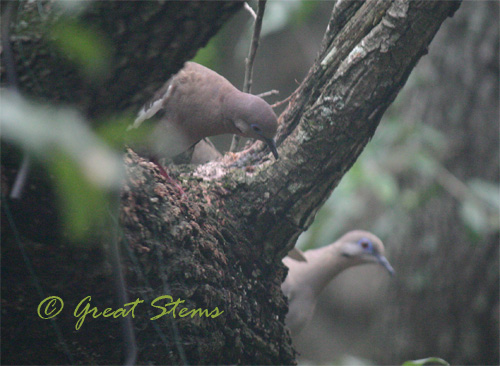
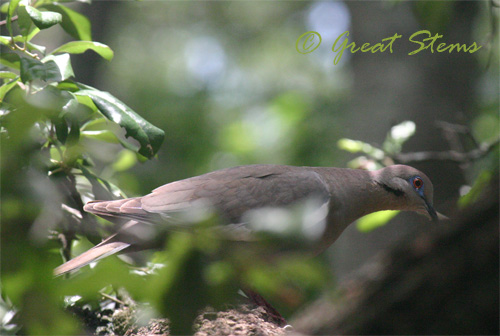
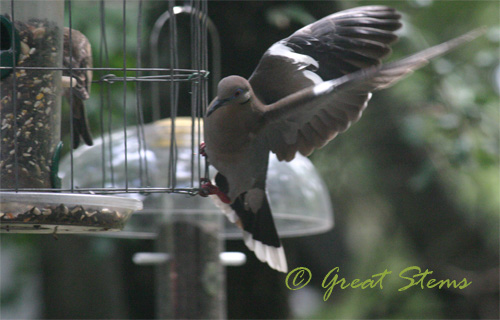
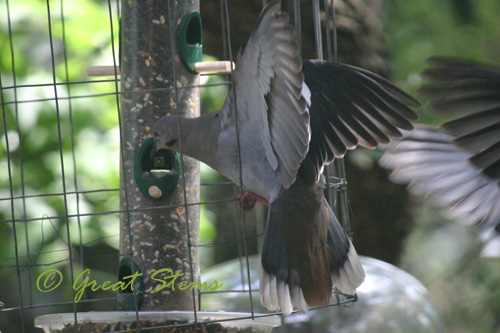
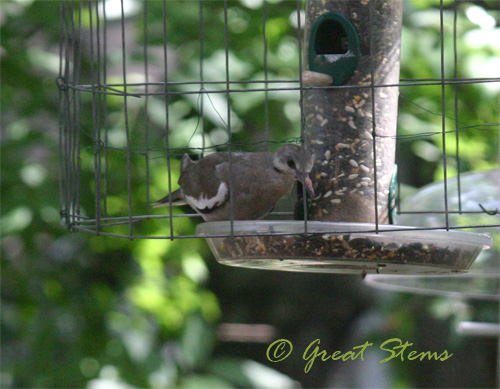
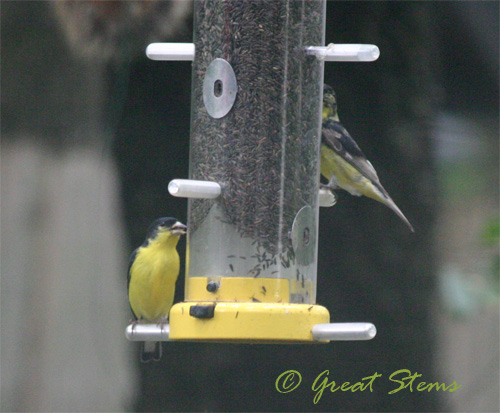
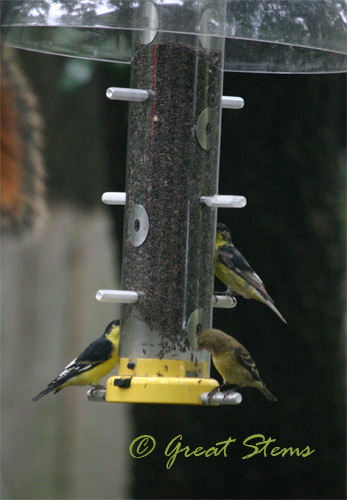
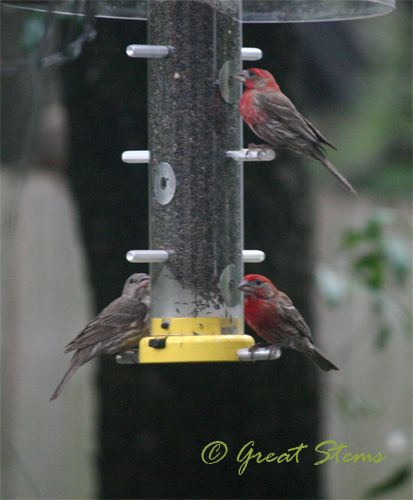
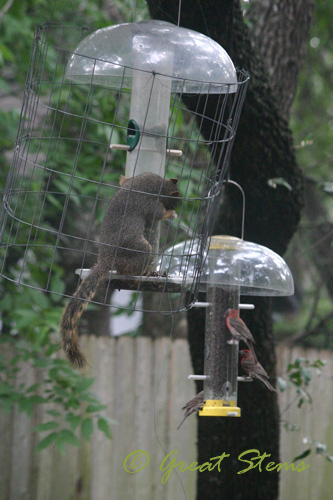
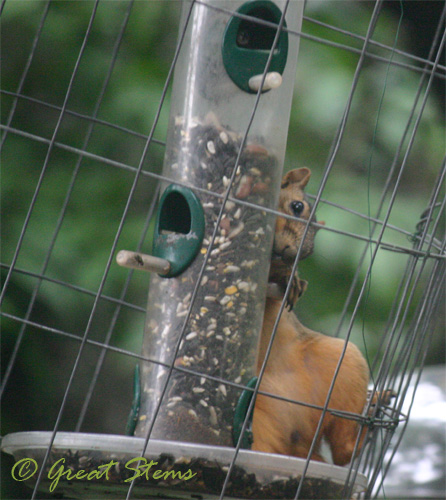
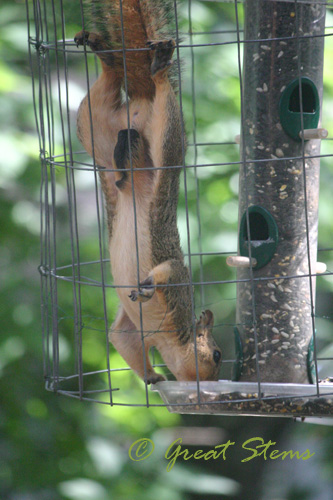
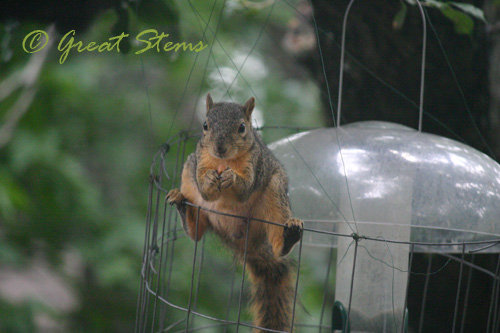
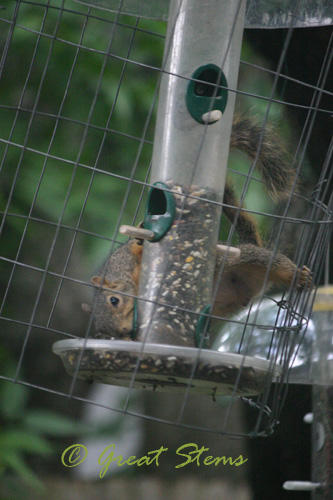
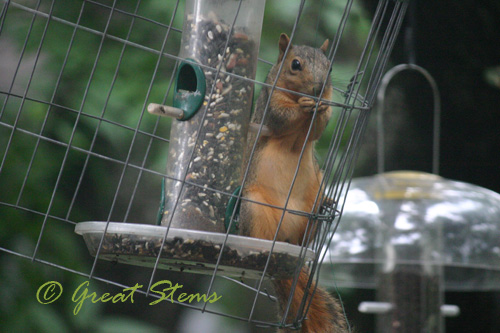 Sometimes birds will share the space with the squirrel… usually on the opposite side of the feeder. The squirrel never seems to care.
Sometimes birds will share the space with the squirrel… usually on the opposite side of the feeder. The squirrel never seems to care.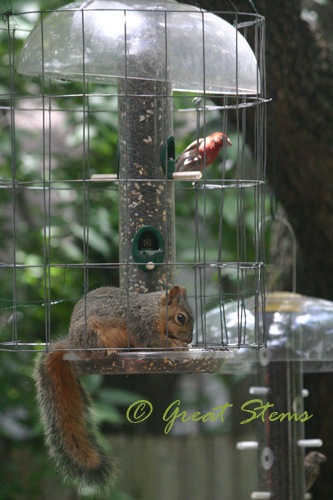
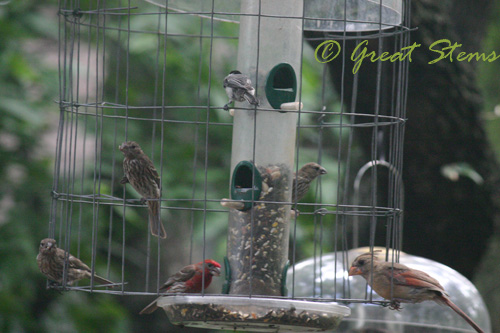
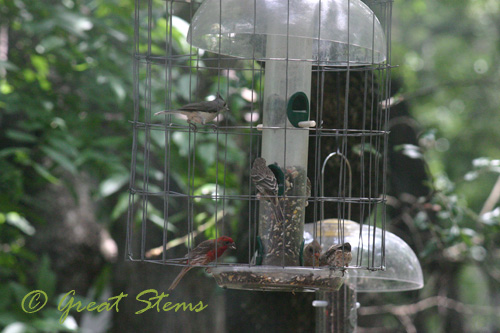
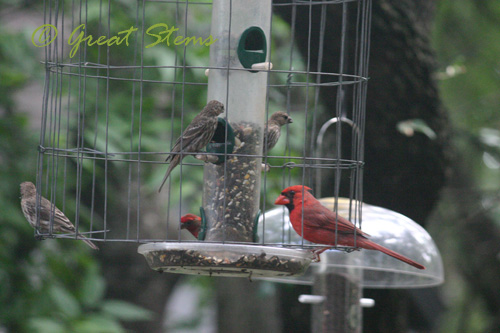
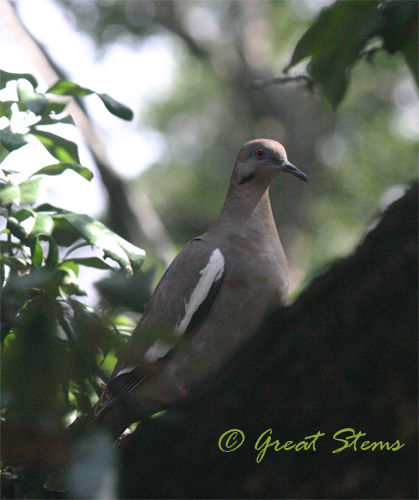
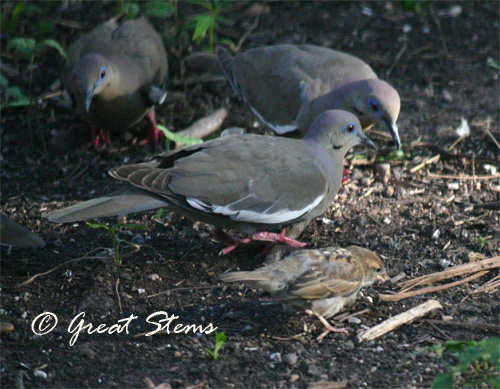
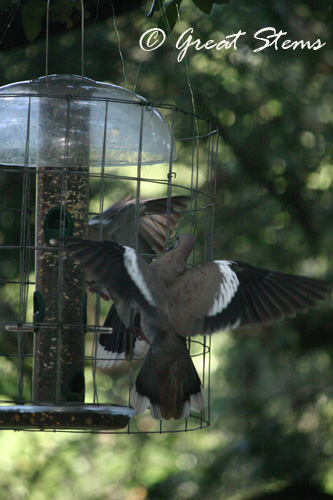
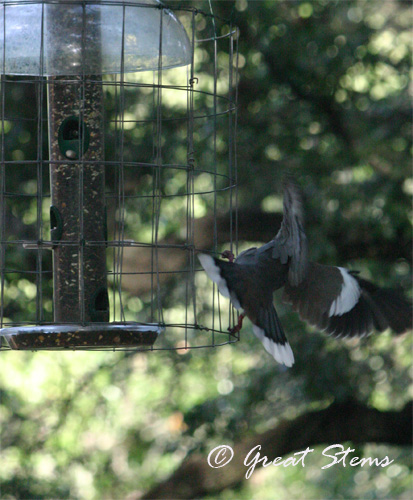
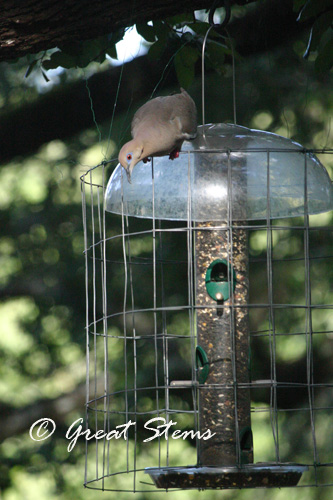
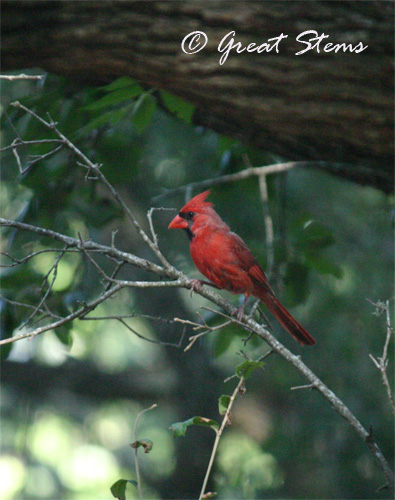
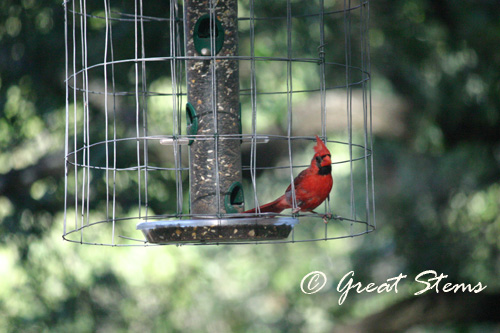
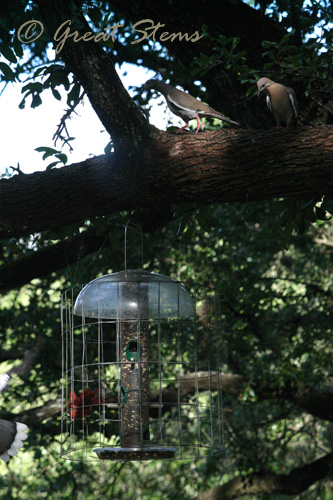
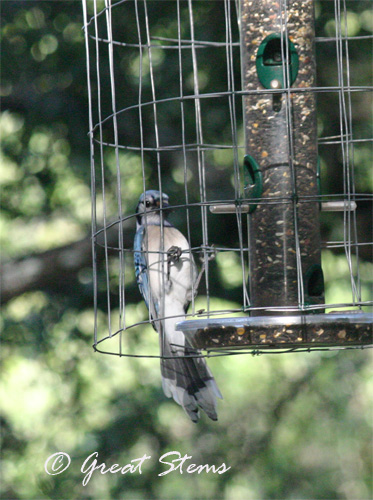
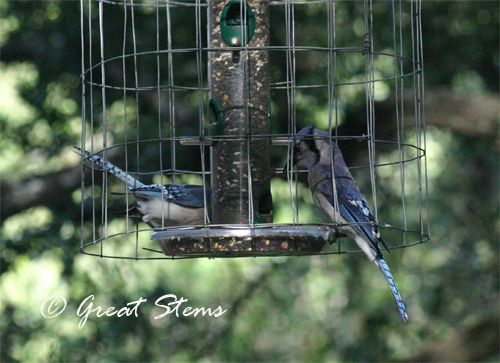
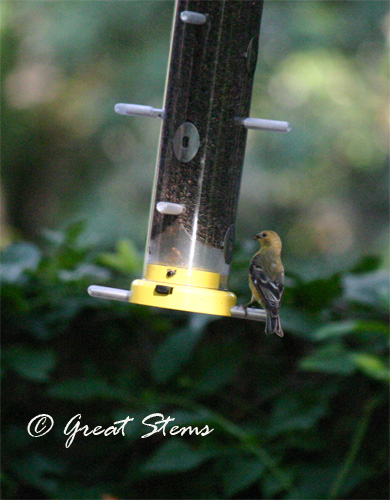
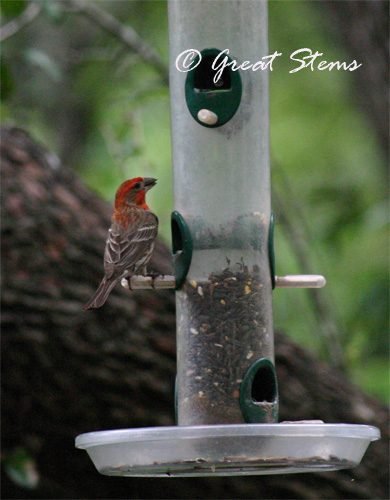
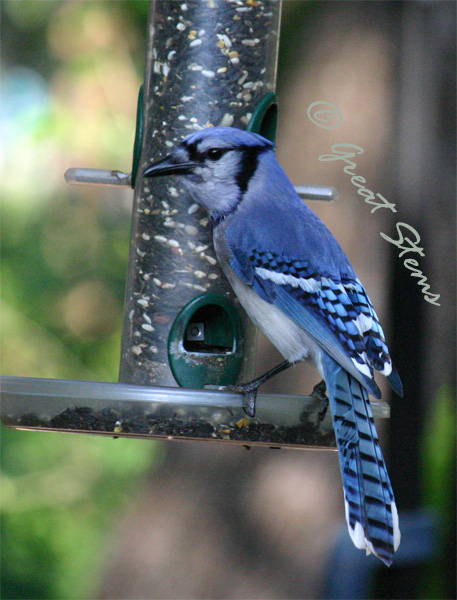
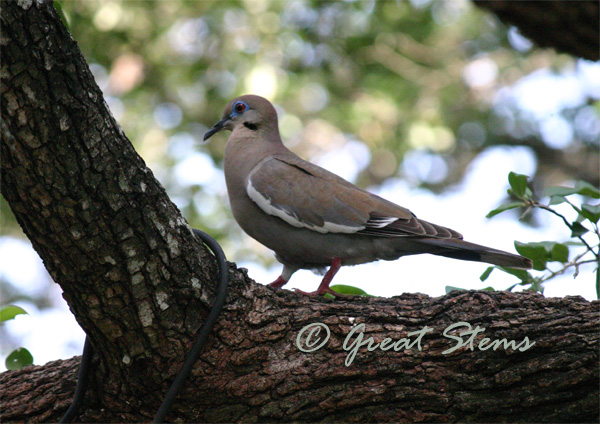
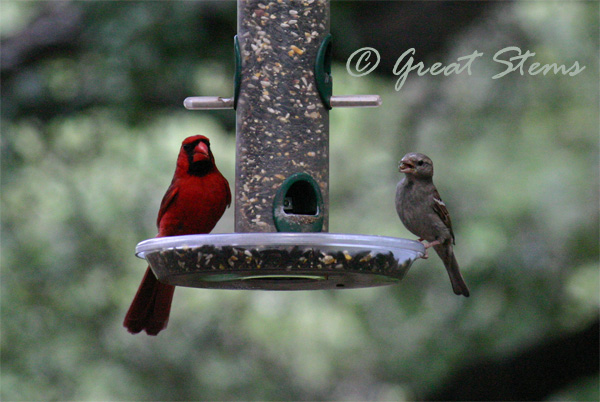
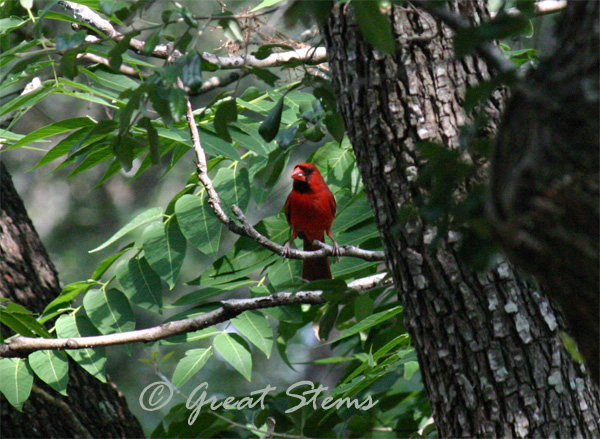
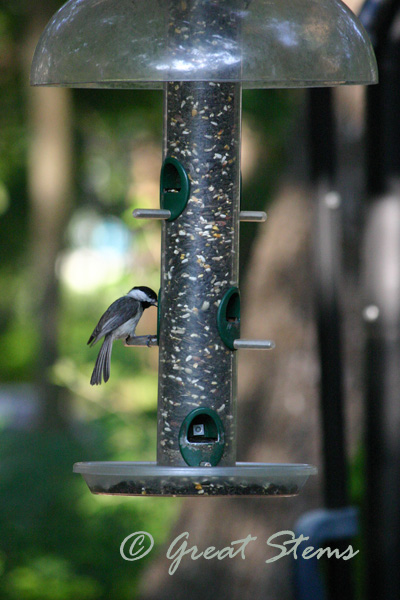 This afternoon we also enjoyed watching a young squirrel dangling by one foot off the dome of the tube feeder, stretching as far as possible to steal a bit of food from the opening. I tried to snap a picture, but he was young and more easily startled than the older squirrels around. The older ones know how to just sit on the tray and munch.
This afternoon we also enjoyed watching a young squirrel dangling by one foot off the dome of the tube feeder, stretching as far as possible to steal a bit of food from the opening. I tried to snap a picture, but he was young and more easily startled than the older squirrels around. The older ones know how to just sit on the tray and munch.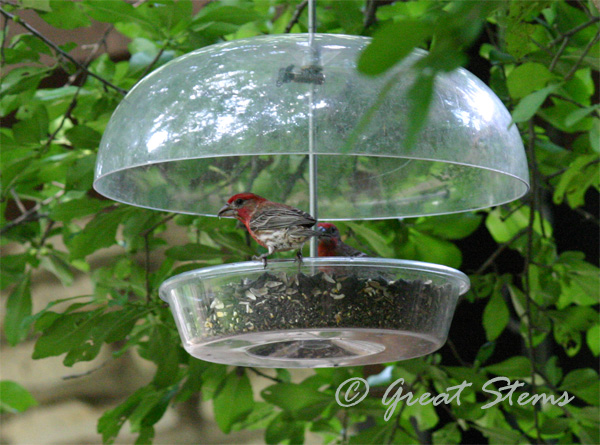
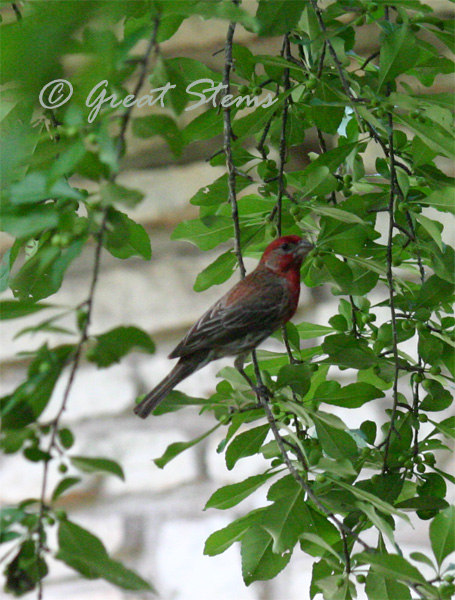
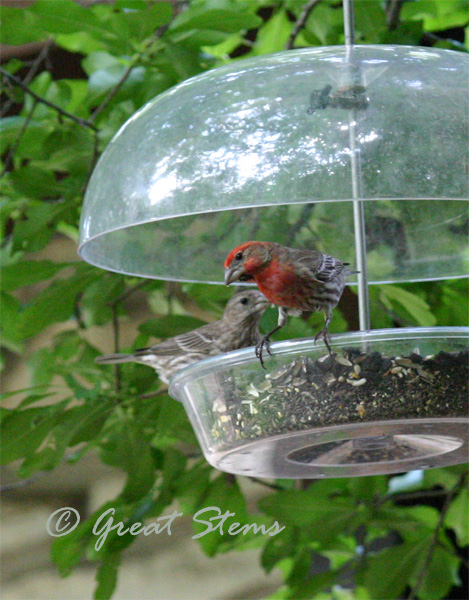
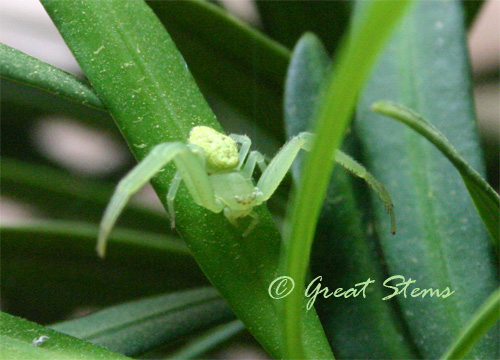
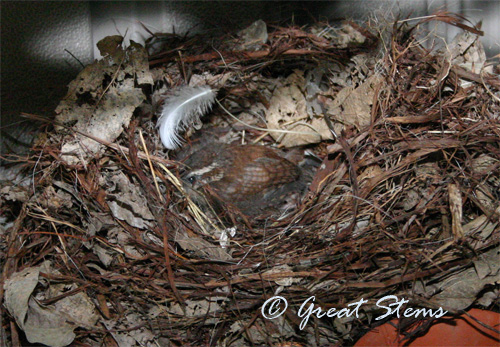
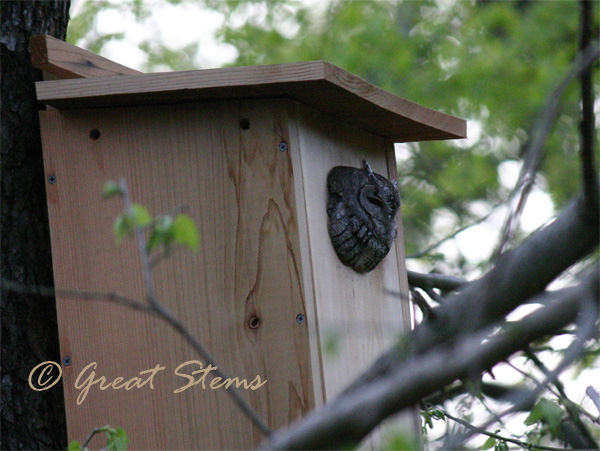
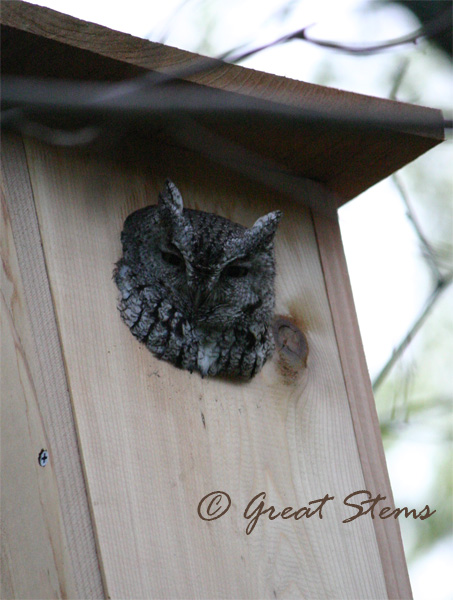
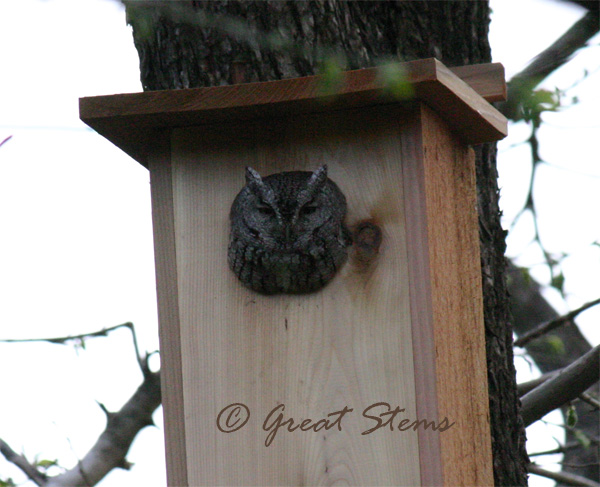 If this really is an owl couple we’ve got occupying our two owl houses, then it supports the idea that having two houses is more likely to attract owls sooner. It sure worked in our case.
If this really is an owl couple we’ve got occupying our two owl houses, then it supports the idea that having two houses is more likely to attract owls sooner. It sure worked in our case.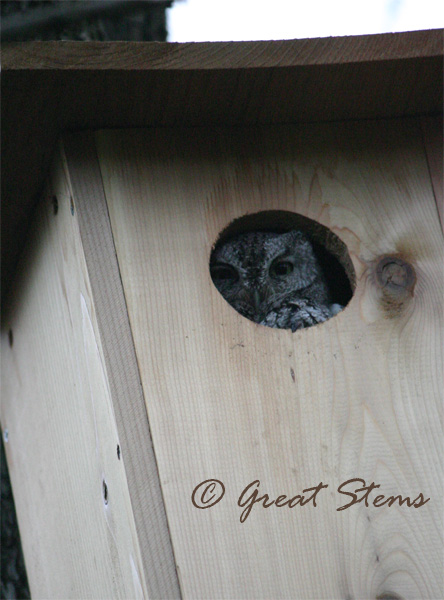
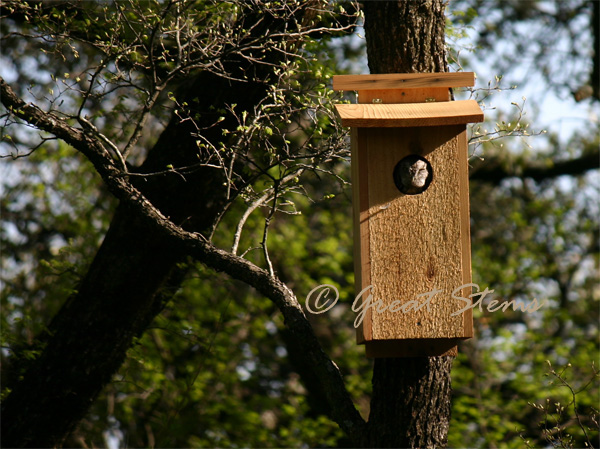
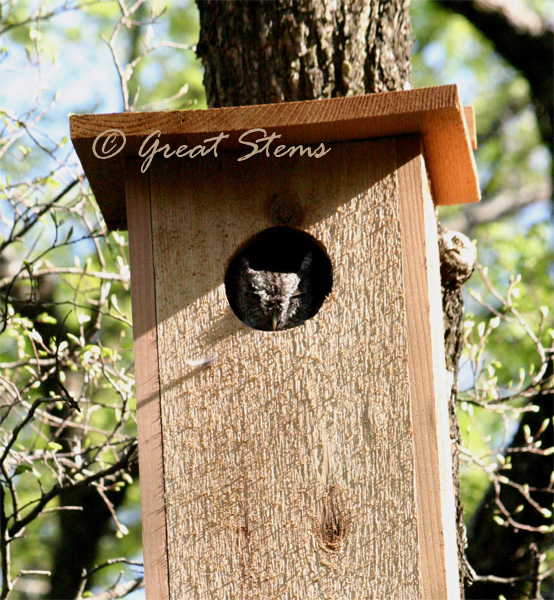
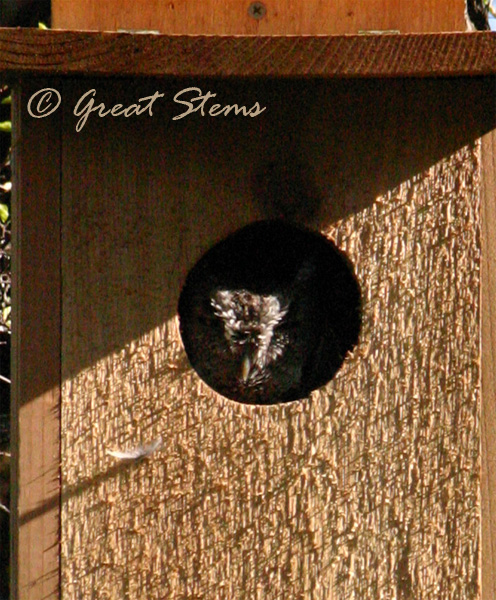
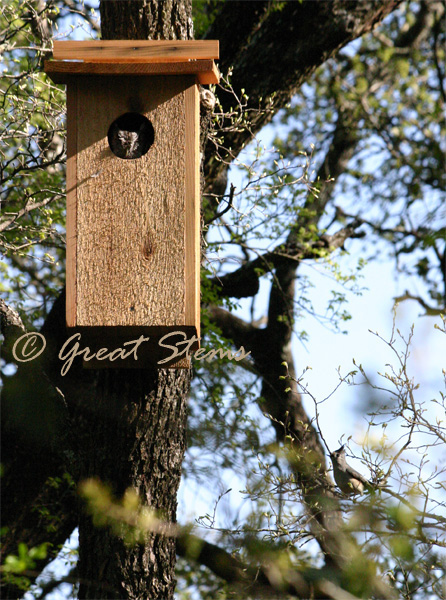
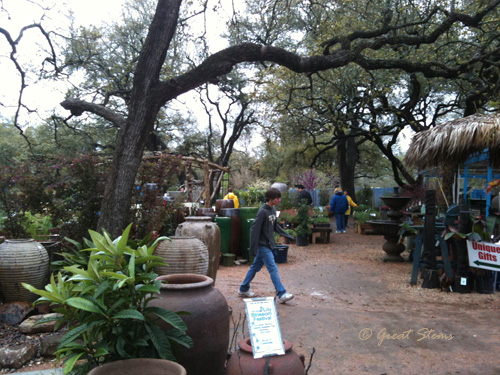
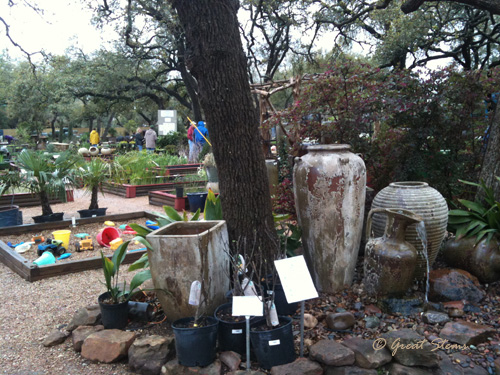 But today the sun is back, and though the wind is exceptionally gusty and cool, the plants look happier. I know my husband will be happy to stop having to move plants into the garage with more cold weather.
But today the sun is back, and though the wind is exceptionally gusty and cool, the plants look happier. I know my husband will be happy to stop having to move plants into the garage with more cold weather.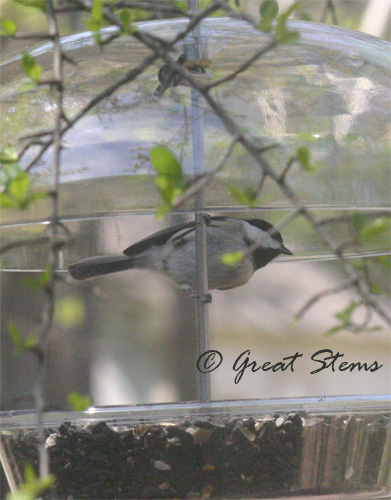
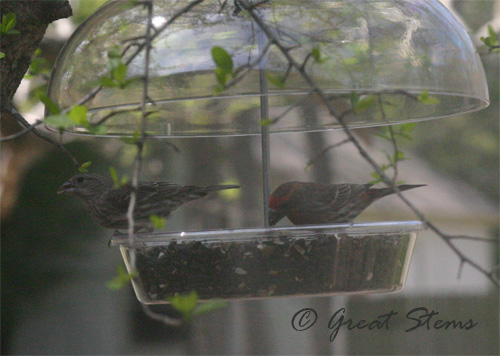 — Northern Cardinal couple
— Northern Cardinal couple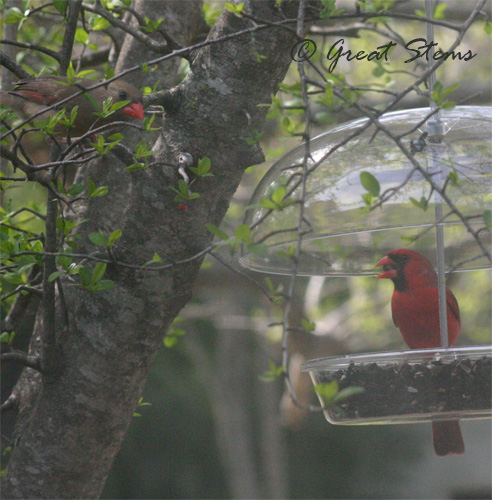 Titmouse
Titmouse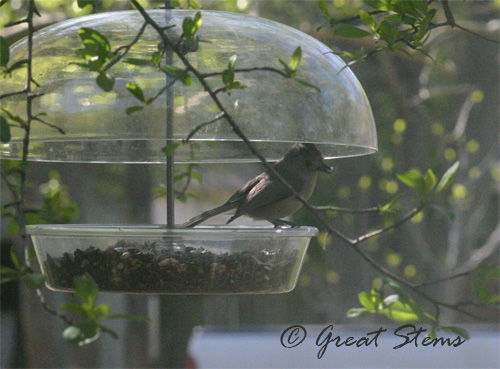 I’ve only seen one dove make it in, and it didn’t seem very comfortable. Mostly the doves have been content to search for extra seeds in the leaves below.
I’ve only seen one dove make it in, and it didn’t seem very comfortable. Mostly the doves have been content to search for extra seeds in the leaves below.